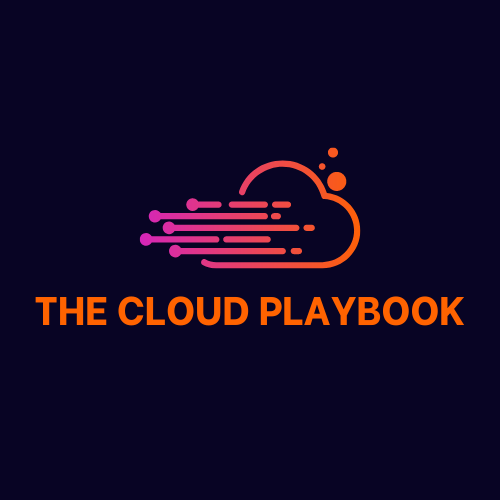TCP #76: The Serverless-First Multitenancy Revolution
Advanced Infrastructure Pattern #3: Why "Enterprise-Grade" Architecture is Killing Your SaaS
You can also read my newsletters from the Substack mobile app and be notified when a new issue is available.
Become a Founding Member
As a founding member, you will receive:
Everything included in paid subscriber benefits + exclusive toolkits and templates.
High-quality content from my 11+ years of industry experience, where I solve specific business problems in the real world using AWS Cloud. Learn from my actionable insights, strategies, and decision-making process.
Quarterly report on emerging trends, AWS updates, and cloud innovations with strategic insights.
Public recognition in the newsletter under the “Founding Member Spotlight” section.
Early access to deep dives, case studies, and special reports before they’re released to paid subscribers.
This is pattern #3 of the 4-part series of building Multitenant Architectures on AWS.
In case you missed it, here are the links to the previous post.
Pattern #1: TCP #72: The Architect's Guide to Multitenant ECS: Building Scalable Shared Infrastructure
Pattern #2: TCP #74: Multitenant Architecture: Hybrid Tenant Isolation (ECS-based)
Pattern #3: TCP #76: The Serverless-First Multitenancy Revolution
Pattern #4: TCP #78: Multitenant Architecture: Kubernetes-First (EKS-based) - Coming on July 02, 2025
Here's an uncomfortable truth: Your "enterprise-grade" multitenant architecture is probably bleeding money and failing at scale.
I know, I know. You've invested months building that shared database with carefully partitioned tenant_id columns. You've got load balancers, auto-scaling groups, and Redis clusters all humming along. Your architecture diagrams look impressive in board presentations.
But here's what's happening:
You're paying $15K/month for infrastructure that sits idle 75% of the time. Your largest customer's traffic spikes are negatively impacting the performance of everyone else. When you need to scale, you're stuck provisioning resources for worst-case scenarios across all tenants.
Meanwhile, a quiet revolution is happening. SaaS companies are abandoning the "shared everything" approach for serverless-first architectures that flip the economics entirely.
They're achieving true pay-per-use scaling, eliminating noisy neighbor problems, and turning infrastructure from a cost center into a competitive advantage.
The kicker? Most CTOs are still building the old way because that's what "enterprise-grade" is supposed to look like.
Today, I'll show you why the serverless-first approach to multitenancy isn't just technically superior. It's economically transformative.




